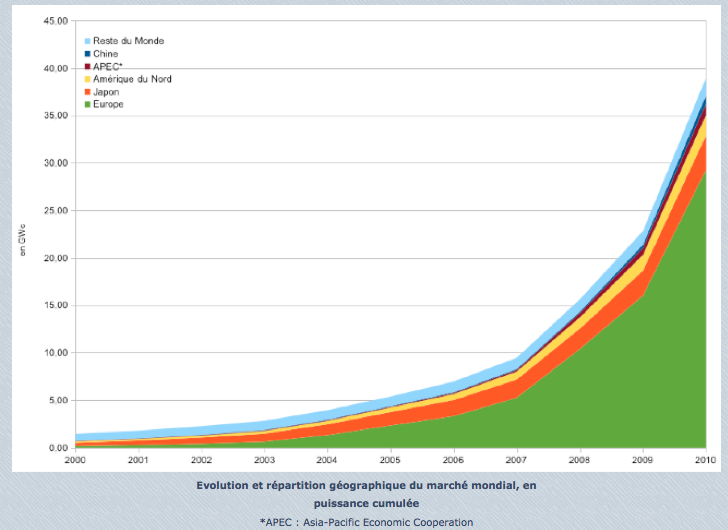When it comes to innovation, the human mind
can be baffling I must say. This could be the evolution of Wind Turbines and A)
How cool is that? and B) HOW COOL IS THAT ?!!!
A video or a picture often is better than a
speech so before you wonder: how the hell does it work/take-off/land
etcetera...Here is a quick video by Makani Power (a start up acquired by
Google) that explains all that:
Now for the deep and meaningful analysis ;) :
Wind turbines are great, quite effective
cost-wise if the initial investment is possible and as a result, heaps of
different versions are created: for all types of winds (medium, strong and low
winds), at sea to exploit stronger winds and reduce visual impact and so
forth...
Wind Turbines are ugly
On that particular critic (visual impact/wind
turbines are ugly) which is probably the most common grief over wind turbines,
I would just object once and for all: AS OPPOSED TO WHAT ?!!
Indeed beyond the simple matter of taste, what
would you rather have (just visually speaking) instead of a field of wind
turbines?
A huge coal or petroleum power plant? A
big-ass nuke reactor then? Not to mention the mines that would go with coal
power plants nor the inevitable permanent smokes over such installations?
Wind turbine designs don't seem that awful
with that in mind now does it ?! And I, for one, find the dynamic landscapes
created by the vision of these rotating giants quite nice regardless and I
genuinely enjoy watching them as I drive along.
Competitive advantages of Airborne Wind Turbine
But back to the main focus of this article:
Airborne Wind Turbines. First of all, why would one want to use ameliorated
kites instead of strong, big columns of concrete?
Well the answer is within the question:
because they are huge big columns of concrete, meaning the investment is quite
substantial at the start and maintenance is not the easiest one either.
=> So first and major argument is the
incredible cost reduction! 90% of less material, you can easily divide by 2 at
least your costs and that's even before economies of scale that should come
with production and democratization of the technology that will make the price
competition more and more affordable.
On top of that you add that replacement of
kites would logically be way easier/cheaper and so should be maintenance.
=> Second, it allows access to stronger
and more consistent winds at higher altitude + its rotation is a lot wider than the
biggest classical wind turbines => more energy generated more consistently at substantialy decreased costs.
What about storms ?
There was one thing I was perplexed about though: what of
storms/hurricanes or other weather tantrums? And what about when there's no wind?
That's the part I must say I got baffled:
This particular company (and no doubt other will/are following that strategy)
developed an automated take-off/landing system where the "Kite
Turbines" take off and/or land automatically depending on conditions,
using their own rotors to softly execute such manœuvres:
The necessity
of a multi sector approach
So are airborne
wind turbines the perfect solution? Well nothing is perfect and in my point of
view it is absolutely vital NOT to rely too much/be dependent on just one
source of energy, “clean” or not.
History as taught
us through the oil crisis, the danger of being too dependent of just one source
of energy which is why we need to apprehend the energy stakes and challenges
with a multi-sector approach in order to reach a clever and complementary combination
of energy industries: solar, hydro, wind turbine, biomass…
Decentralize
energy
Additionally, it
seems self-evident that energy production must be as decentralized as possible!
Instead of huge power plants powering entire cities by themselves, each
construction, house or building should be thought as an autarkic entity, a mini
power plant in itself self-sufficient energy wise. That’s that
much issues less in terms of power shortage and so on !
The best business model
In conclusion, beyond the amazement at what we
can do, airborne wind turbines are just another example on how much economical sense
sustainable development really does !
A tenacious yet completely faulty paradigm
that stands too often in the way of humanity improving itself and its
environment, is that you have to CHOOSE between economical and environmental
performance... When the two are just complementary !
This dommageable belief needs to be repeatedly
called out until it stops shackling progress.
Sustainable development is very logically the
best business model on a strictly profit/economical perspective because, wait
for it, it's SUSTAINABLE !
Make it profitable, make it sustainable !








